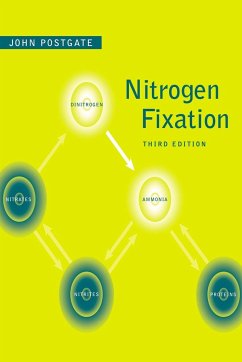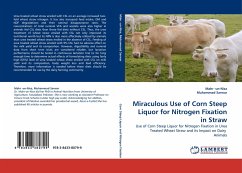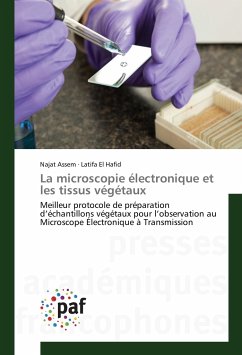
C4 Carbon Fixation
Versandkostenfrei!
Versandfertig in 6-10 Tagen
30,99 €
inkl. MwSt.

PAYBACK Punkte
15 °P sammeln!
C4 carbon fixation is one of three biochemical mechanisms, along with C3 and CAM photosynthesis, functioning in land plants to "fix" carbon dioxide (binding the gaseous molecules to dissolved compounds inside the plant) for sugar production through photosynthesis. C4 fixation is an elaboration of C3 carbon fixation (which operates in most plants), and is believed to have evolved more recently. C4 and CAM overcome the tendency of RuBisCO (the first enzyme in the Calvin cycle) to fix oxygen rather than carbon dioxide, which leads to a loss of energy and carbon in a process called photorespiratio...
C4 carbon fixation is one of three biochemical mechanisms, along with C3 and CAM photosynthesis, functioning in land plants to "fix" carbon dioxide (binding the gaseous molecules to dissolved compounds inside the plant) for sugar production through photosynthesis. C4 fixation is an elaboration of C3 carbon fixation (which operates in most plants), and is believed to have evolved more recently. C4 and CAM overcome the tendency of RuBisCO (the first enzyme in the Calvin cycle) to fix oxygen rather than carbon dioxide, which leads to a loss of energy and carbon in a process called photorespiration. This is achieved by using a more efficient enzyme to fix CO2 in mesophyll cells and shuttling the fixed carbon via malate or oxaloacetate to bundle-sheath cells, where Rubisco is sequestered from atmospheric oxygen and can be saturated with CO2 released by decarboxylation of the malate or oxaloacetate. However, these additional steps require energy in the form of ATP. Because of these tradeoffs, no one of these three photosynthetic pathways is considered superior to the others -- rather, each is best suited to a different set of conditions.












